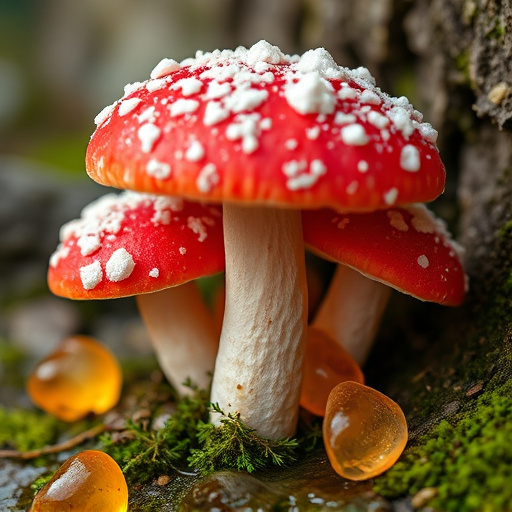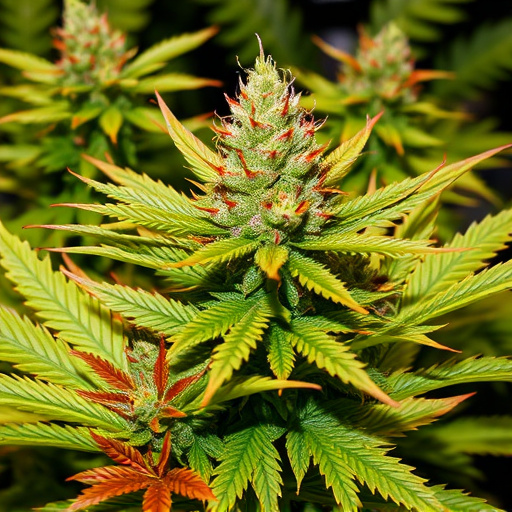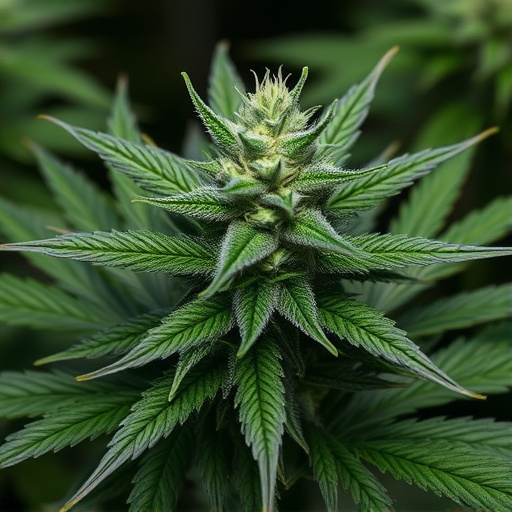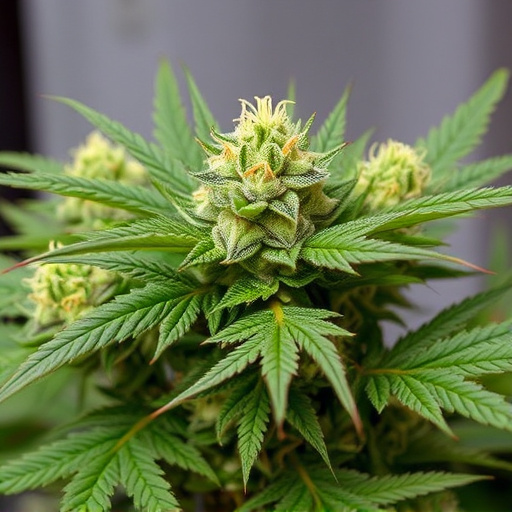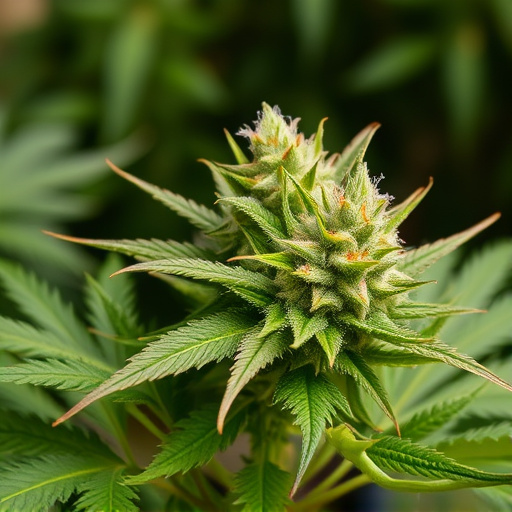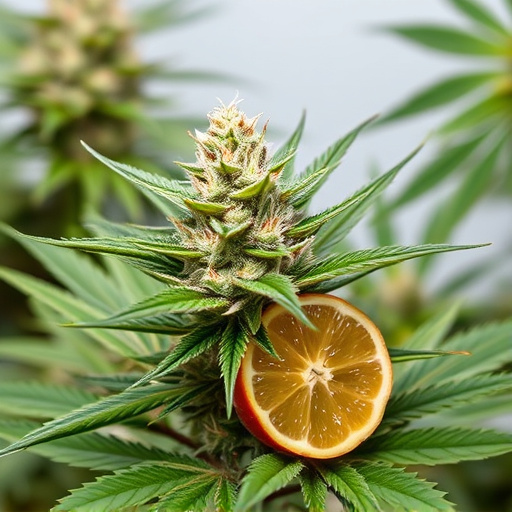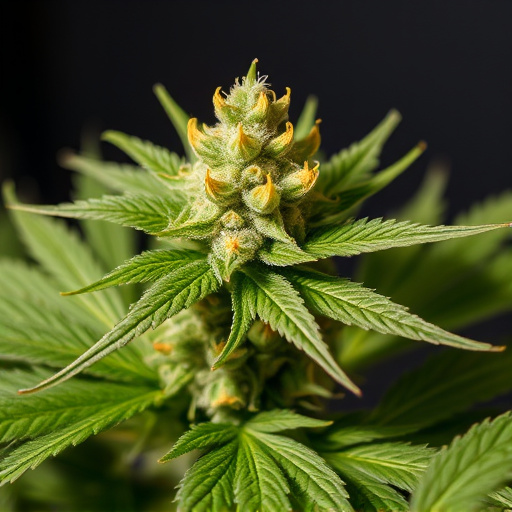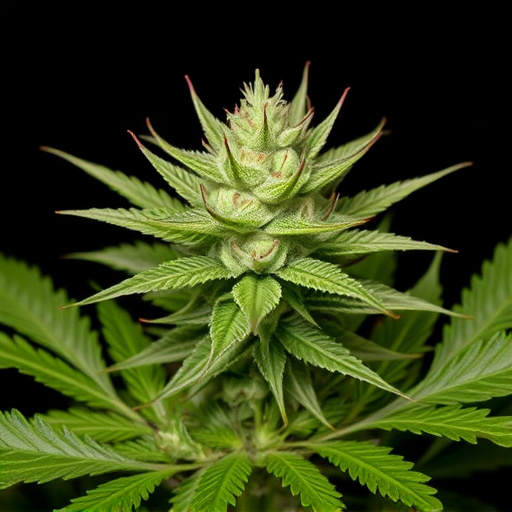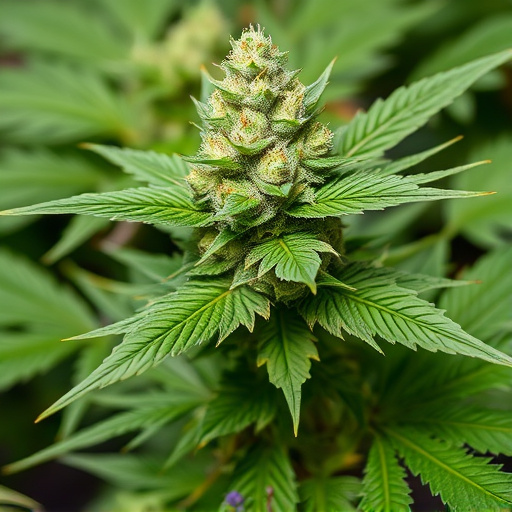Sour cannabis strains, rich in THC and specific terpenes like limonene, pinene, and myrcene, stimulate appetite by mimicking natural endocannabinoids that bind to brain receptors controlling hunger. This interaction enhances cravings for high-calorie foods, affecting metabolism differently based on individual dietary needs. The unique flavor profile and potent THC content of these strains contribute to their effectiveness in increasing appetite, making them a notable choice for users seeking food stimulation.
Cannabis flower’s effect on appetite is a topic of growing interest, especially with its rising legality. Many users report an intense craving for food after consumption, but why? This article delves into the science behind cannabis’ hunger-inducing properties. We explore how terpenes and cannabinoids interact to stimulate appetite, focusing specifically on the impact of sour cannabis strains. These potent varieties offer unique experiences, and understanding their effects can help consumers make informed choices.
- Understanding the Hunger-Inducing Effect of Cannabis
- The Role of Terpenes and Cannabinoids in Appetite Stimulation
- Exploring Sour Cannabis Strains: Potency and Effects on Hunger
Understanding the Hunger-Inducing Effect of Cannabis
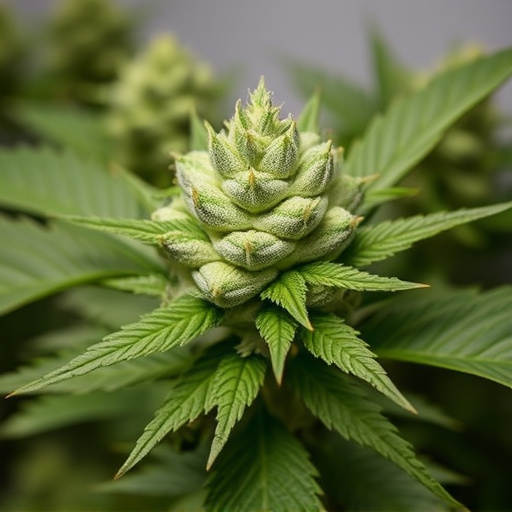
Cannabis has been known for its ability to stimulate appetite, a phenomenon often referred to as “munchies.” Understanding this effect involves delving into the complex relationship between cannabis and our bodies’ physiological responses. When consumed, certain compounds in sour cannabis strains, particularly THC (tetrahydrocannabinol), interact with the endocannabinoid system (ECS). This system plays a vital role in regulating various bodily functions, including appetite and metabolism.
THC mimics natural endocannabinoids produced by our bodies, binding to receptors that influence hunger cues. This interaction can lead to an increased sensation of hunger, often resulting in cravings for high-calorie foods. The effect is particularly pronounced with specific sour cannabis strains known for their high THC content. As a result, users may experience a significant boost in appetite, which has both positive and negative implications, depending on individual circumstances.
The Role of Terpenes and Cannabinoids in Appetite Stimulation
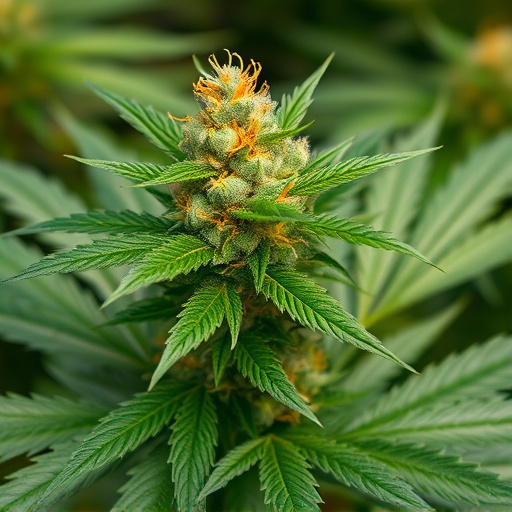
The complex interplay between terpenes and cannabinoids in cannabis plays a significant role in appetite stimulation. Terpenes, aromatic compounds known for their distinct scents, have been shown to influence hunger by interacting with our olfactory system and brain regions associated with reward and motivation. Many popular sour cannabis strains are rich in terpenes like limonene, pinene, and myrcene, which have each been linked to increased appetite. Limonene, for instance, is often associated with a craving for citrus foods, while pinene can stimulate the senses and enhance hunger signals.
Cannabinoids, notably tetrahydrocannabinol (THC), also contribute to this effect. THC binds to receptors in the brain that regulate eating behaviors, potentially increasing motivation to seek out food. When combined with specific terpenes, the effects can be amplified, making certain sour cannabis strains particularly effective at stimulating appetite. This synergistic interaction underscores why many users report heightened hunger after consuming these unique strains.
Exploring Sour Cannabis Strains: Potency and Effects on Hunger

Sour cannabis strains, known for their tart and tangy flavors, offer a unique experience for consumers. These varieties often boast high potency levels, which can significantly impact appetite. The potent THC (tetrahydrocannabinol) content in sour strains may be one of the primary reasons behind their effect on hunger. When consumed, THC binds to CB1 receptors in the brain, triggering various physiological responses, including increased hunger and cravings.
The specific terpenes present in sour cannabis strains also play a role. Terpenes like pinene and myrcene, commonly found in these varieties, have been linked to appetite stimulation. Moreover, the combination of high THC and unique terpene profiles can create an intense sensory experience, prompting consumers to seek out food as a comforting or satisfying accompaniment.
Cannabis’ ability to stimulate appetite is well-documented, with terpenes and cannabinoids playing a significant role. Understanding these components, especially in the context of sour cannabis strains, can help users navigate their consumption for maximum effect. While these strains may offer intense sensations, their potential to curb hunger makes them an intriguing option for those seeking to enhance their culinary experiences or support healthy eating habits.




